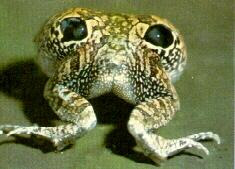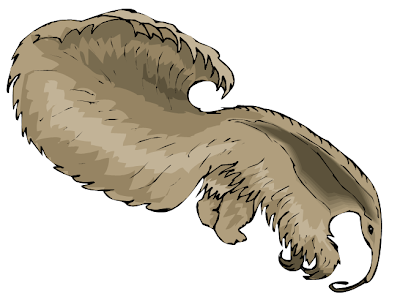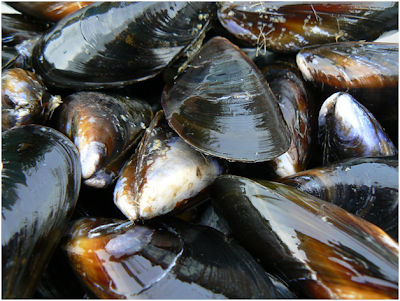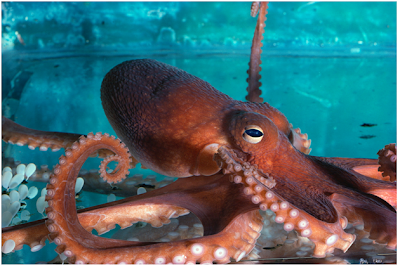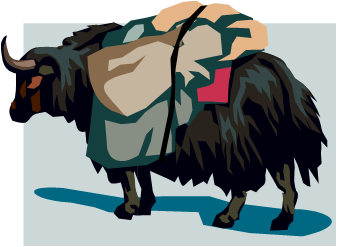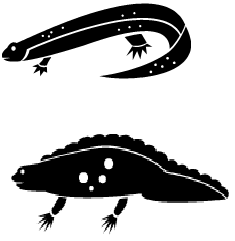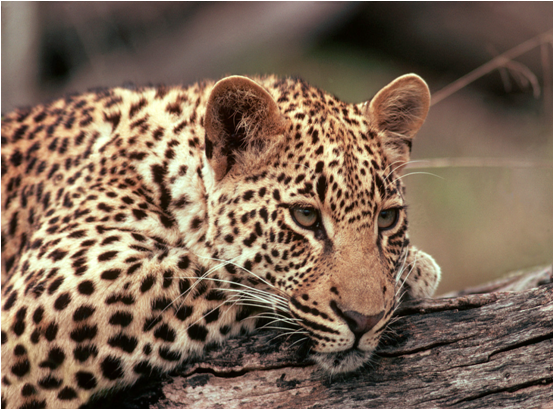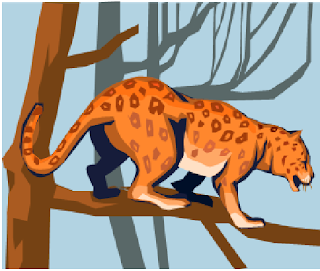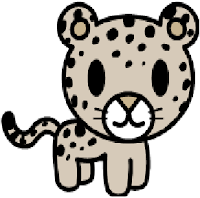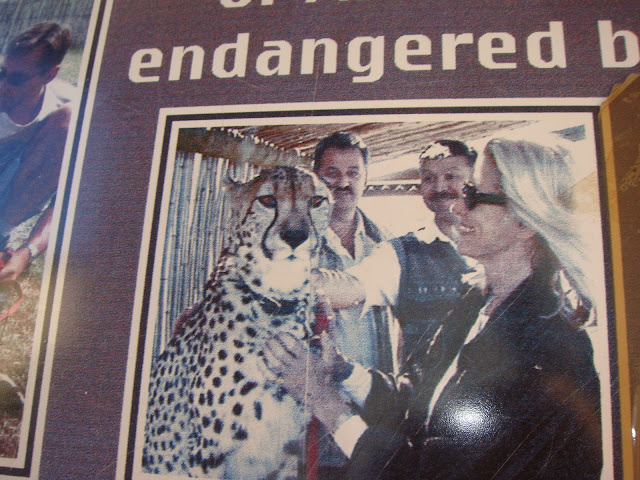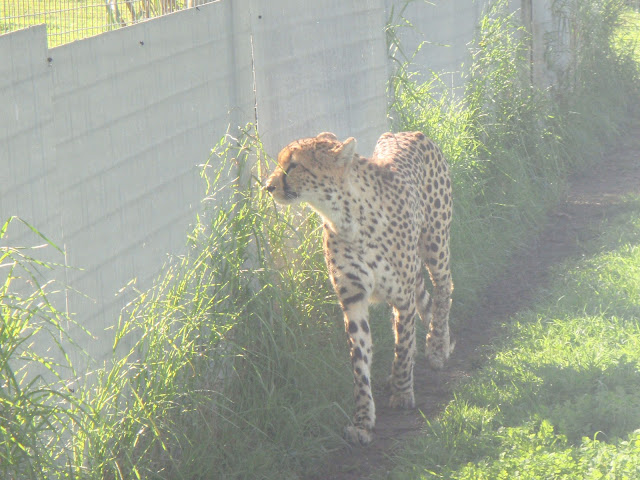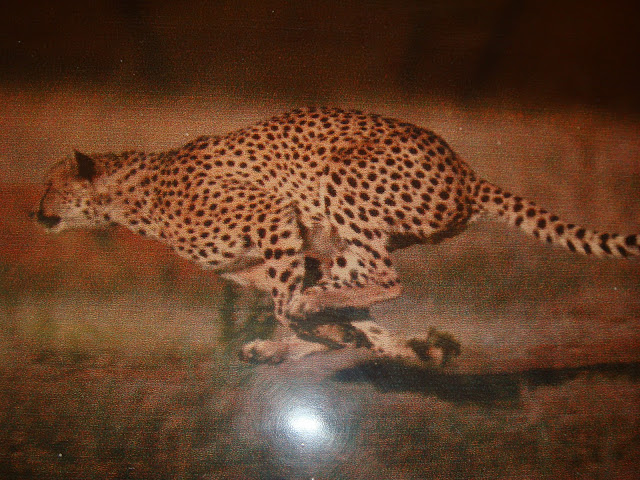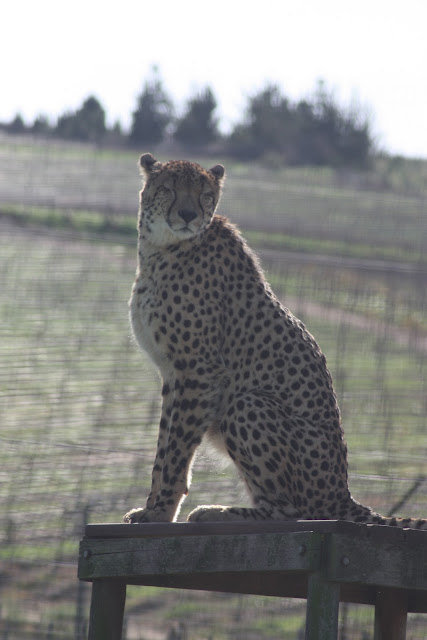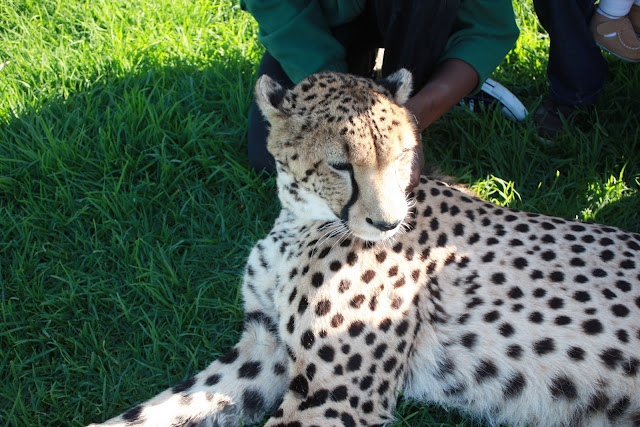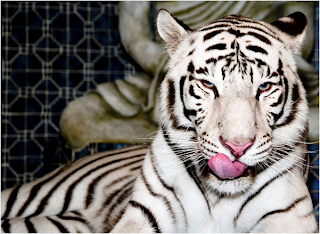The Chilean four eyed frog has a pair of eye-spot marks on its rear end. There are really big poisonous glands with spots on them , but they look like eyes . the spots are usually covered by the thighs ,when it feels any threat, it will raise its rump to expose the fake eye-spots and cause them to swell up a bit and this shocks predator as it looks bigger than it really is.
Anteaters Facts
Anteaters, also known as antbear.The name "anteater" is also colloquially applied to the unrelated aardvark, numbat, echidna, and pangolin. It is commonly known for eating ants and termites.
The Giant Anteater and regular anteaters have no teeth. There are three genera still living: the Giant Anteater, the Silky Anteater, and the Northern and Southern Tamandua anteaters.
Agouti Facts
Agouti designates several rodent species of the genus Dasyprocta, they are related to guinea pigs and look quite similar but have longer legs. Agoutis have five toes in front and three rear, the first toe is very small. The tail is very short /non-existent and hairless. They can live up to twenty years, quite a long time for a rodent.
Tomato Frog Facts
Tomato frogs found on the island of Madagascar are tomato red in colour, with a black eye line and green eyes. Their skin secretes a sticky goo and if a predator bites it, the goo will gum up the attacker's mouth, and glue its eyes closed. This gives the tomato frog plenty of time to escape. They are also on the endangered species list. They breed in the rainy season and are nocturnal. They tend to eat small insects and invertebrates.
Mussel Facts
The word "mussel" is also used for many freshwater bivalves, including the freshwater pearl mussels. Freshwater mussel species inhabit lakes, ponds, rivers, creeks, canals. Mussels are classified with the Heterodonta, the taxonomic group which includes most of the bivalves commonly referred to as "clams".
Marine mussels are eaten by humans, starfish, seabirds, and by numerous species. Freshwater mussels are eaten by otters, raccoons, ducks, baboons etc. Humans have used mussels as food for thousands of years and continue to do so. In cooking, the byssus of the mussel is known as the "beard" and is removed before the mussels are prepared.
Octopi, Optopuses, and Octopodes Facts
Octopuses are highly intelligent, probably more than any other order of invertebrates. When under attack, some octopuses can perform arm autotomy in a manner similar to the way skinks and lizards detach their tails. The trailing arm serves as a distraction to would-be predators.
It's a common mistake to refer to the arms of an octopus' tentacle-like. The tentacles are longer than the arms. Tentacles usually have suckers only at the tips.
Three plural forms of the word octopus - octopi, optopuses, and octopodes.
The Giant Pacific Octopus, Enteroctopus dofleini, is often cited as the largest octopus species.
The neurological autonomy of the arms means that the octopus has great difficulty learning about the detailed effects of their movements. The brain may issue a high level command to the arms, but the nerve cords in the arms execute the details. There is no neurological path for the brain to receive feedback about just how its command was executed by the arms; the only way it knows just what motions were made is by observing the arms visually. There are about 300 species of octopuses (Octopoda) alive today.
These species are are divided into two groups, the Cirrina and the Incirrina.
The Cirrina - finned, deep-sea octopuses
The Incirrina -the benthic octopuses and argonauts
Yaks Facts
The yak, Bos grunniens or Bos mutus - are the official animals of Tibet. About ten million of the world's yaks live on the Tibetan plateau. A yak is special because it is built to survive tough environments. They have three times more re blood cells than normal cows that's why they are able to live without any problems on the high elevation grasslands. Yaks hair is woven into yarn and used to make tents and rope. Yaks are herd animals. Yaks are herbivores (plant-eaters). Yak meat is eaten by nearly every Tibetan family. Yak milk is high in fat. The yak’s digestive system allows food to digest at a temperature of 104 degrees F, keeping it warm even in extremely cold conditions. Yaks can climb up to 20,000 feet (6,100 m) above sea level.
The wild yak is much larger and its fur is much longer and shaggier than the domestic yak. A large population of domestic yak remains, but wild yak are few due to loss of their habitat and extensive hunting.
Temnospondyls Facts
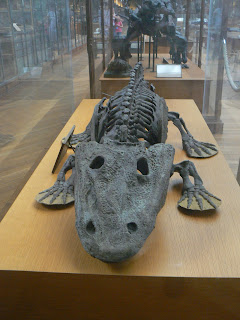 |
| Courtesy :Wikipedia |
Temnospondyls are a strange and diverse group of the same early amphibians living in a variety of habitats, provided they were in the water or near the water.
Most were semi-aquatic temnospondyls, although some were almost completely terrestrial, only returning to water to breed.
These temnospondyls were among the first vertebrates fully adapted to life on earth. Although amphibians are considered temnospondyls, many with features such as scales, claws, and as the armor of bony plates, which distinguish modern amphibians.
Newts Facts
Newts metamorphose through three distinct developmental life stages: aquatic larva, terrestrial juvenile is called an eft, and adult. Adult newts have lizard-like bodies and can be fully aquatic, living permanently in water, or semi-aquatic, terrestrial life, but back in the water each year to breed.
- Poisonous Newt - The red eft is found in North America. The eft's bright red colour is a warning to its enemies that it is very poisonous.
- Disappearing or most threatened newt - The great crested Newt is Britain's largest and most threatened newt. The reason behind that is the increased use of agricultural poisons .
Leopard Facts
The leopard (Panthera pardus) are the smallest of the four big cats , other three are lions, tigers and jaguars. Leopards are nocturnal animals, meaning they are active at night.
During the day resting in thick bushes or trees. Leopards are solitary, and prefer to live alone. They are very agile and good swimmers. They can jump 20 feet.
They are endangered in Asia and parts of Africa. Threatened south of, and including, Gabon, Congo, Zaire, Uganda, Kenya in Africa. Leopards are known for their ability in climbing, and have been observed resting on tree branches during the day, dragging their kills up trees and hanging them on tree.
Amazing Facts- Cheetah
The word "cheetah" is derived from the Sanskrit word that means "variegated". Most wild cheetahs are found in eastern and southwestern Africa. The cheetah is the world's fastst land animals.
The most interesting in the cheetah is its speed. The cheetah is 100 km / h, with gusts up to 450 short meters.Also, which has an impressive acceleration from zero to one hundred km / h in three seconds. This speed is faster than many of the racing cars.
Cheetah fur was considered a status symbol. Today, cheetahs have a growing economic importance for ecotourism and are also found in zoos. Cheetahs are far less aggressive than other cats and can be tamed. Ancient Egyptians often kept cheetahs as pets, and also tamed and trained them for hunting.
The cheetah can not roar like other big cats. However, you can purr while inhaling. Although the cheetah can not growl can yip, Chur, growling, howling and purring. Cheetahs are tan in colour with black spots all over their bodies. They can also be distinguished from other big cats by their smaller size, spotted coats, small heads and ears and distinctive 'tear stripes' that strtech from the corner of the eye to the side of the nose.
Royal Bengal Tiger and White Tiger Facts
 The Tiger is the largest wild cat in the world. Tigers can eat upto 27kilos of meat in one night. The Bengal tiger is called Panthera tigris tigris.
The Tiger is the largest wild cat in the world. Tigers can eat upto 27kilos of meat in one night. The Bengal tiger is called Panthera tigris tigris. Royal Bengal Tigers can have an incredible size ranging in length from under 6 feet to over 9 feet, while the length of its tail can be over 3 feet. The Tigers have an incredible vision, his vision is enhanced by a reflective layer behind the retina called the tapetum, in which light reflects off the retina, enabling tigers to see six times better than humans. Begal tiger is classified as endangered by IUCN. The threat of poaching due to the demand for tiger bones and other body parts in traditional Chinese medicine is still a pressing issue.Tigers are carnivores. Bengal tigers live in India and are sometimes called Indian tigers. They prefer to hunt large ungulates such as chital, sambar, gaur, and to a lesser extent Barasingha, water buffalo, nilgai and takin. A tiger's roar can be heard as far as 3 km away. The tiger is one of the animals displayed on the Pashupati seal of the Indus Valley Civilisation. The Bengal tiger is the national animal of Bangladesh and India. The team from Kolkata in the Indian Cricket League is called the Royal Bengal Tigers.
White Tiger
The white tiger is a recessive mutant of the Bengal tiger, which was reported in the wild from time to time in Assam, Bengal, Bihar and especially of the old state of Rewa. Dark-striped white individuals are well-documented in the Bengal Tiger subspecies, also known as the Royal Bengal or Indian tiger. Outcrossing is a way of bringing fresh blood into the white strain. The white tigers Ranjit, Bharat, Priya and Bhim were all outcrossed.
Subscribe to:
Posts (Atom)

